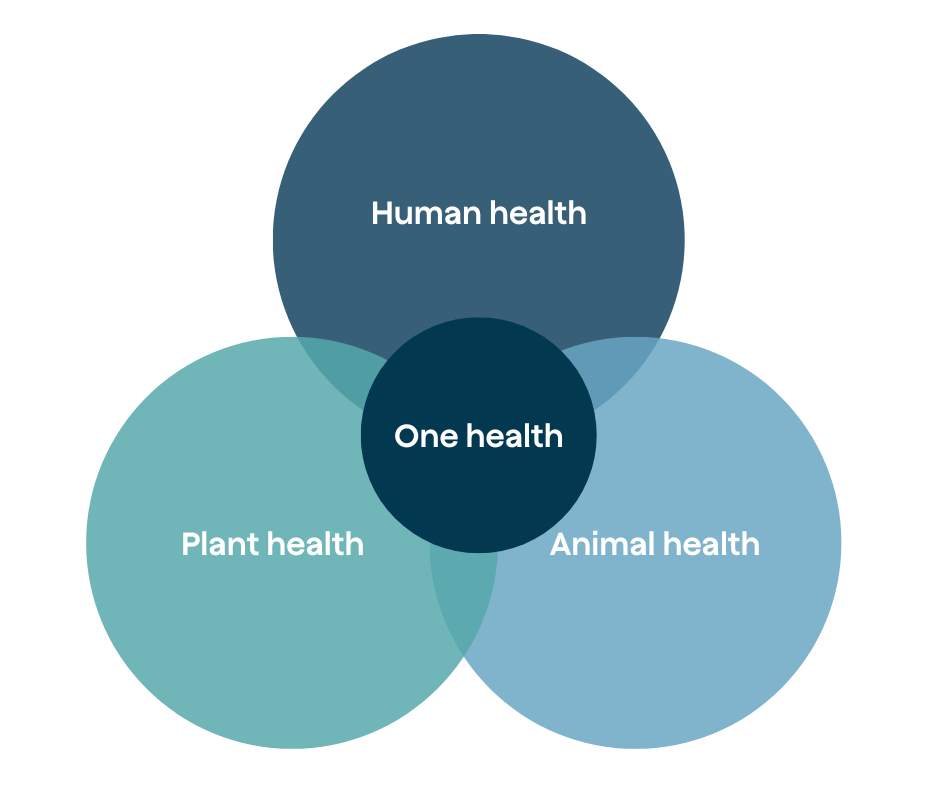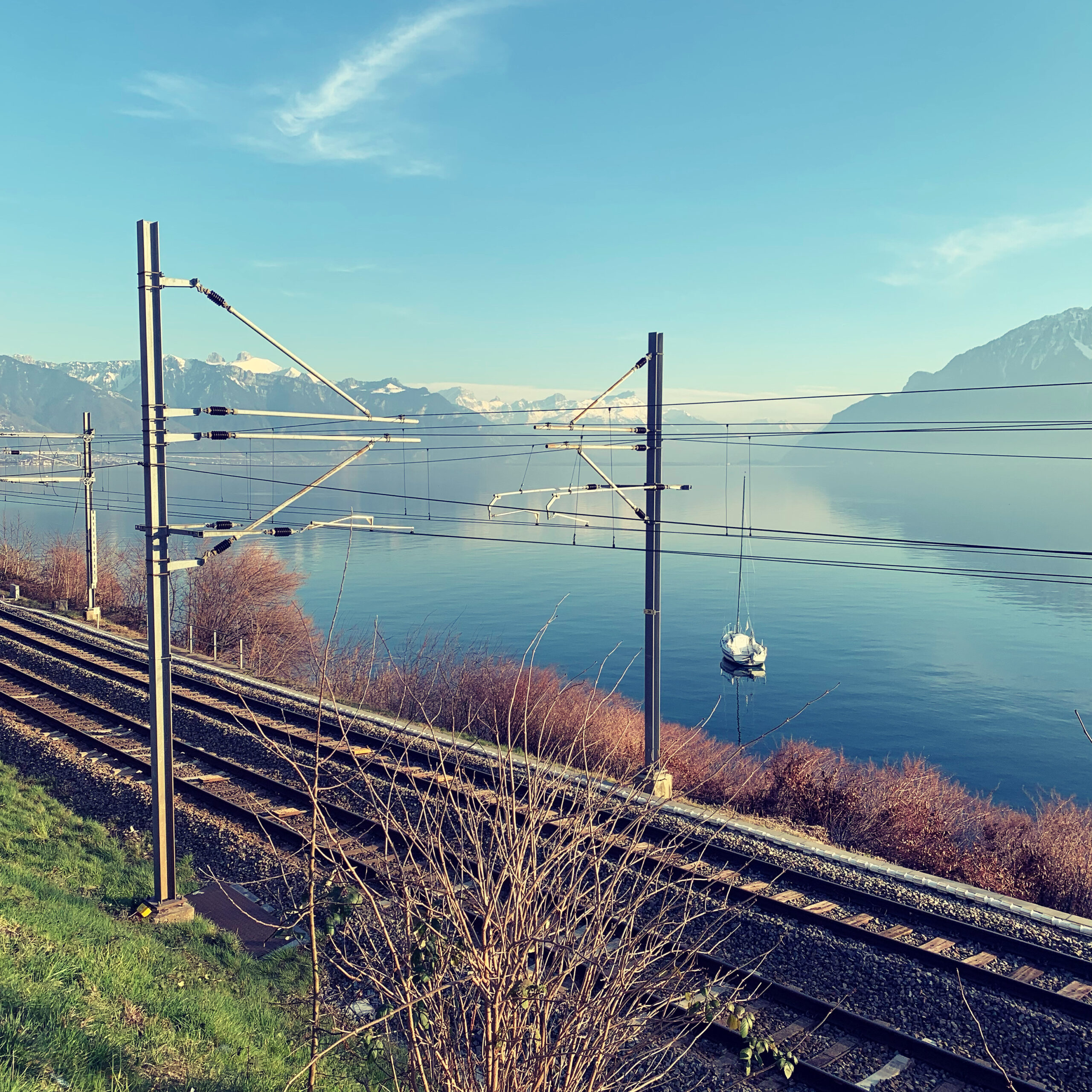Pollution can be caused by a variety of activities: industry, agriculture, transport, human activity, household waste, etc. No matter where you are, there are always some traces of pollution. Although air quality is the most cross-cutting issue when it comes to pollution, it is important not to focus too narrowly, because human health and the environment are inextricably linked. That’s what Jacques Patris, Chairman of ATMO Hauts-de-France, explains in an interview.
Mr Patris, can you explain the concept of “one health” that we have just been discussing?

It’s a global approach to defining the health challenges we face. It supports the idea that human, animal and plant health are interdependent and linked to the ecosystems in which they exist. Interactions between genetics and the environment result in long-lasting and persistent changes over several generations in the expression of genes and, consequently, in the behaviour of organisms. That is why there is an urgent need to take into account the interactions between different environments.
What is interesting about this approach in terms of air pollution?
As we’ve just said, an action affecting one environment can also have an impact on all the others. When it rains, for example, what is in the air passes into the ground and the pollutants end up in our water. So it’s not uncommon to measure the same substances in both air and water. In agriculture, especially, the ecosystem really suffers, because if the rain contains pollutants or if the soil is polluted when it rains, these pollutants infiltrate. The impact is felt on a human level, particularly if pesticides or herbicides are added to the mix, with farmers and their families being the first to be exposed, because these substances are carcinogenic. But animals are not spared either: snails, slugs and bees are among the most at risk… Because of its very strong oxidative potential, ozone can also have an impact on cereal yields and plant reproduction in the countryside. What’s more, the effects of ozone on health are considerable and we still don’t know enough about them: it acts as an aggravating factor in various diseases, especially inflammatory and pulmonary conditions, as well as allergies (particularly to pollen, the incidence of which is exploding!).
In practice, how can we cross-reference these data between environments?
There are tools for measuring air quality and cross-referencing data (health, energy, etc.) between environments: inventories, diagnostics, scenarios, etc. Modelling maps are a good example. These provide a precise record of pollutant concentrations over time and space, incorporating a range of key parameters. At any place on the map, you can find out the air quality for the current day, and even to the nearest hour. These maps can be consulted directly on the ATMO website.
What specific measures can be put in place?
Industry has made huge efforts in recent years. The most important thing that still needs to be done today to improve air quality is to take action first and foremost on road traffic: develop multimodal transport, railways, inland waterways, electric cars, car-sharing, low-emission mobility zones limiting the movement of the most polluting vehicles, or even favour walking for short journeys.
The second area is agriculture. It would be good if we could successfully reduce the use of soil additives, such as urea or ammonia, as well as herbicides or other pesticides, but unfortunately farmers are bound by economic constraints.
On a different scale, to improve air quality, urban greening programmes are emerging and should be encouraged: green walls and rooftops, as well as cool islands are being created in some cities. Trees absorb pollutants. Vegetated swales, a type of shallow trench with plants or grass, are a natural way of collecting stormwater runoff and allowing it to infiltrate into the ground, draining and filtering it.
How do you think we can raise awareness of this issue?
For example, because air pollution is invisible, we have fitted microsensors to citizens. This has raised their awareness. Because together we can all contribute to better air quality for our health and our environment, each in our own sphere of influence. In this way, we can help to meet the great challenge of creating a world where we can breathe more easily and that’s good to live in.
Thank you very much Jacques Patris for your insights on this fascinating topic.
This interview is extracted from one of the seven files of the Health Observatory PRO BTP; air pollution. You will find other resources related to this study file here. PRO BTP has created the Health Observatory to support those who wish to take an active role in their well-being: understanding, preventing, and taking action on their health in everyday life. Chronicles, interviews, podcasts, videos... in partnership with a network of recognized experts and major national media, the observatory provides you with keys to understanding, practical advice, and concrete and innovative solutions, addressing a significant health topic each month. Selected for their importance to the French public, the topics are rigorously addressed by a scientific committee, recognized health experts and professionals, specialized journalists, to provide you with reliable and useful information in your daily life.
